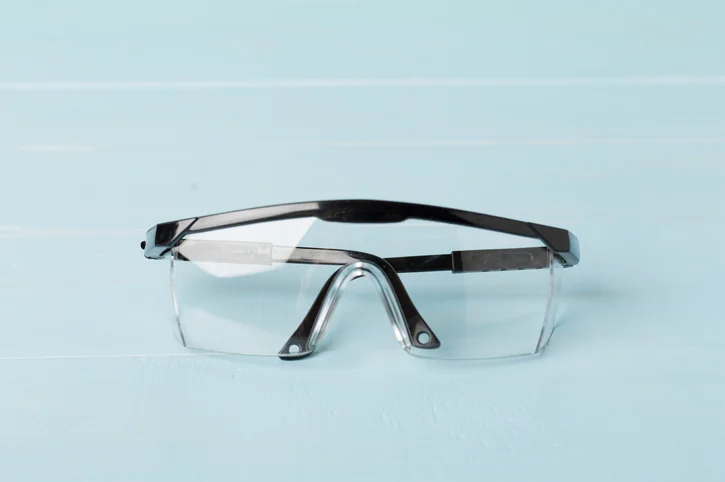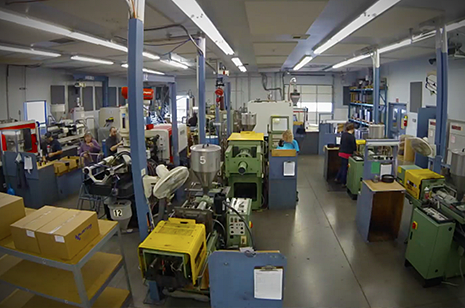- BY nwmcadmin
- POSTED IN Plastic Injection Molds, Product Development
- WITH 0 COMMENTS
- PERMALINK
- STANDARD POST TYPE

Acrylic injection molding is a popular method for creating durable, transparent, and lightweight parts. Its versatility and resilience make it an excellent choice for various applications, from automotive components to consumer electronics. In this guide, we’ll explore why acrylic is a top choice for injection molding, how to design parts effectively, and whether acrylic injection molding is suitable for your next project.
Why use acrylic for injection molding?
Acrylic, or Poly(methyl methacrylate) (PMMA), is a synthetic plastic renowned for its glass-like clarity, weather resistance, and dimensional stability. It’s an ideal material for products that require both aesthetic appeal and durability. Here’s why acrylic stands out in injection molding:
- Optical Transparency: It offers a light transmittance between 91%-93%, making it an excellent substitute for glass in applications requiring clear visibility.
- Weather Resistance: Acrylic’s natural resistance to UV light and moisture ensures that it remains clear and stable even in outdoor environments.
- Dimensional Stability: It maintains its shape and size consistently, which is crucial for high-volume production runs where tooling can wear and conditions may vary.
- Chemical Resistance: It’s resistant to many chemicals, including detergents and hydrocarbons, making it suitable for industrial and transportation-related uses.
- Recyclability: Acrylic is 100% recyclable, providing an eco-friendly option that can be repurposed at the end of its initial lifecycle.
How to Design Parts for Acrylic Injection Molding
When designing parts for acrylic injection molding, careful consideration of specific factors can help minimize defects and ensure a successful production run.
Wall Thickness
Maintaining a consistent wall thickness is critical in acrylic injection molding. The recommended thickness for acrylic parts ranges between 0.025 and 0.150 inches (0.635 to 3.81 mm). Uniform wall thickness helps reduce the risk of warping and ensures better mold filling. Thinner walls also cool faster, reducing shrinkage and cycle times.
Product Behavior & Use
Acrylic products must be designed with their intended use and environment in mind. Factors like creep, fatigue, wear, and weathering can affect the longevity of the product. For example, if the part is expected to endure significant stress or environmental exposure, selecting a robust grade and considering additional treatments can enhance performance.
Radii
To improve moldability and reduce stress concentrations, it’s essential to avoid sharp corners in your design. For acrylic parts, maintaining a radius equal to at least 25% of the wall thickness is recommended. For maximum strength, a radius equal to 60% of the wall thickness should be used. This approach helps in preventing cracks and enhancing the overall durability of the part.
Draft Angle
Like other injection-molded plastics, acrylic parts require a draft angle to ensure easy ejection from the mold. A draft angle between 0.5° and 1° is typically sufficient. However, for polished surfaces, especially those that need to remain optically clear, a greater draft angle may be necessary to avoid damage during ejection.
Part Tolerance
Acrylic injection-molded parts can achieve fine tolerances, particularly for smaller parts. For parts under 160 mm, commercial tolerances can range from 0.1 to 0.325 mm, while fine tolerances of 0.045 to 0.145 mm are achievable for parts smaller than 100 mm. These tolerances are crucial for applications requiring precision and consistency.
Shrinkage
Shrinkage is a natural part of the injection molding process, and acrylic is no exception. It has a relatively low shrinkage rate of 0.4% to 0.61%, which is beneficial for maintaining dimensional accuracy. To account for shrinkage, mold designs should incorporate this factor, considering elements like injection pressure, melt temperature, and cooling time.
Is acrylic injection molding right for your project? Call us today!
Acrylic injection molding offers numerous benefits, but the success of your project hinges on careful planning and design. If you’re considering acrylics for your next injection molding project, Rex Plastics Inc. is here to help. Our team of experts can guide you through the design process, ensuring that your parts meet all necessary specifications and are produced to the highest quality standards. Contact us today to learn more about how we can assist you in achieving your project goals.


